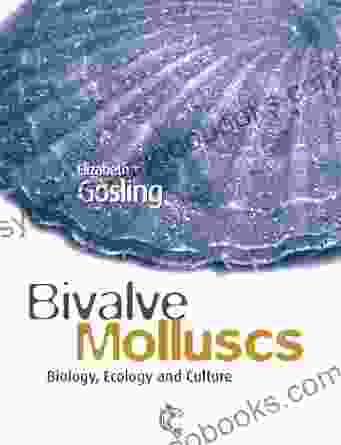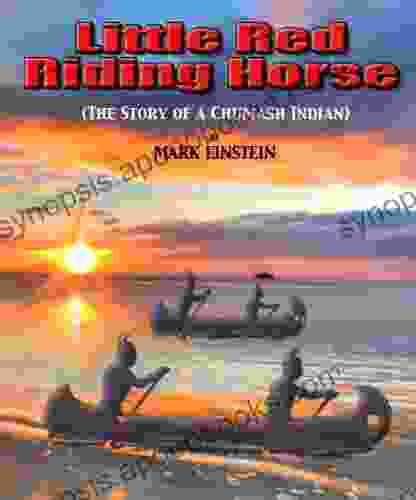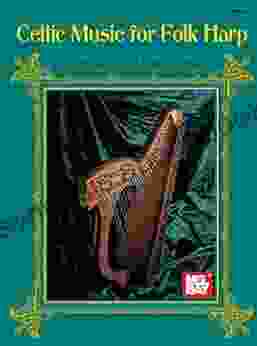Bivalve Molluscs: Unraveling the Biology, Ecology, and Cultural Tapestry

Step into the captivating world of bivalve molluscs, a diverse group of marine animals that have intrigued scientists, ecologists, and culinary enthusiasts for centuries. These remarkable creatures, characterized by their distinctive two-part shells, play a crucial role in marine ecosystems and have a profound impact on human societies. 4.7 out of 5 In this comprehensive article, we embark on an enthralling journey to explore the fascinating biology, ecology, and cultural significance of bivalve molluscs. From their intricate anatomical features to their remarkable filtration capabilities and diverse culinary traditions, we uncover the multifaceted nature of these enigmatic invertebrates. Bivalve molluscs, belonging to the class Bivalvia, are a diverse group of marine animals that exhibit a unique and fascinating anatomical structure. Their distinctive two-part shell, known as the "valve," is comprised of calcium carbonate and consists of two hinged halves. This shell provides protection against predators and environmental stressors, forming an integral part of their biology. Internally, bivalves possess a soft body enclosed within the mantle, a delicate tissue that secretes the shell. The mantle also houses vital organs, including gills, which facilitate respiration by extracting oxygen from the water. The digestive system, consisting of a mouth, esophagus, stomach, and intestine, enables bivalves to filter and process food particles from the surrounding water. Bivalve molluscs play a crucial role in the functioning of marine ecosystems, contributing to nutrient cycling, water filtration, and providing a vital food source for numerous marine organisms. Their filter-feeding behavior involves drawing water through their gills, which trap organic particles and bacteria suspended in the water. This process purifies the water and removes excess nutrients, enhancing water quality and promoting ecosystem health. Bivalves are also major biogenic sediment producers, contributing to the formation of marine sediments through the accumulation of their shells and fecal matter. These sediments provide a habitat for a diverse array of marine organisms, further enhancing biodiversity and ecosystem complexity. Bivalve molluscs have long been esteemed as a culinary delicacy, featuring prominently in cuisines around the world. Their tender and flavorful meat, rich in protein and essential nutrients, has made them a staple food source for coastal communities throughout history. From oysters and clams to mussels and scallops, bivalves offer a diverse range of culinary experiences and cultural traditions. Beyond their culinary significance, bivalve molluscs also hold cultural and historical importance. In many indigenous cultures, bivalve shells have been used for centuries to create ornaments, tools, and ceremonial objects. The intricate patterns and iridescent colors of bivalve shells have inspired artists and artisans worldwide, leading to the creation of exquisite jewelry, mosaics, and decorative artifacts. Bivalve molluscs, with their intricate biology, ecological importance, and cultural significance, are a testament to the wonders of nature. Their unique adaptations, resilience, and contributions to marine ecosystems and human societies deserve our appreciation and conservation efforts. As we continue to unravel the mysteries of these enigmatic creatures, we gain a deeper understanding of the intricate tapestry of life that sustains our planet. By embracing the beauty and importance of bivalve molluscs, we not only enrich our knowledge but also strengthen our connection to the natural world. Unveiling the Enchanting World of Bivalves
Language : English File size : 3575 KB Text-to-Speech : Enabled Screen Reader : Supported Print length : 456 pages Lending : Enabled Biology of Bivalve Molluscs: Unraveling Their Anatomical Design
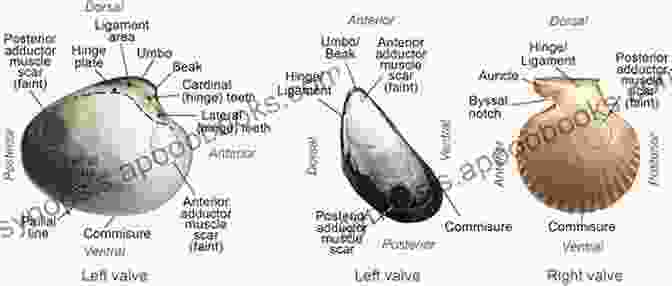
Ecology of Bivalve Molluscs: Unveiling Their Role in Marine Ecosystems
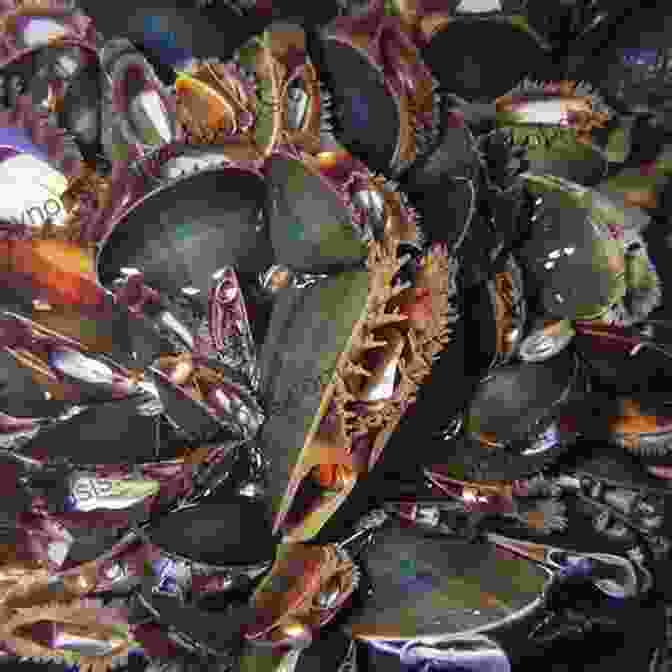
Cultural Significance of Bivalve Molluscs: A Culinary Delicacy and Source of Cultural Heritage
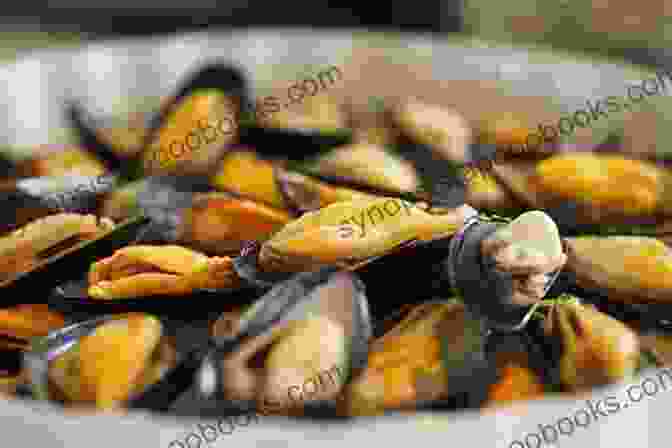
Celebrating the Wonders of Bivalve Molluscs
4.7 out of 5
| Language | : | English |
| File size | : | 3575 KB |
| Text-to-Speech | : | Enabled |
| Screen Reader | : | Supported |
| Print length | : | 456 pages |
| Lending | : | Enabled |
Do you want to contribute by writing guest posts on this blog?
Please contact us and send us a resume of previous articles that you have written.
 Book
Book Novel
Novel Page
Page Chapter
Chapter Text
Text Story
Story Genre
Genre Reader
Reader Library
Library Paperback
Paperback E-book
E-book Magazine
Magazine Newspaper
Newspaper Paragraph
Paragraph Sentence
Sentence Bookmark
Bookmark Shelf
Shelf Glossary
Glossary Bibliography
Bibliography Foreword
Foreword Preface
Preface Synopsis
Synopsis Annotation
Annotation Footnote
Footnote Manuscript
Manuscript Scroll
Scroll Codex
Codex Tome
Tome Bestseller
Bestseller Classics
Classics Library card
Library card Narrative
Narrative Biography
Biography Autobiography
Autobiography Memoir
Memoir Reference
Reference Encyclopedia
Encyclopedia Lewis Carroll
Lewis Carroll Paul Schmitz
Paul Schmitz Jemma Jones
Jemma Jones Daisaku Ikeda
Daisaku Ikeda Damola Idowu
Damola Idowu Irene Claremont De Castillejo
Irene Claremont De Castillejo Nick Hasted
Nick Hasted Ralph Waldo Emerson
Ralph Waldo Emerson Conrad Birmingham
Conrad Birmingham Craig S Davis
Craig S Davis Kenneth Beckman
Kenneth Beckman Laurie Kaplan
Laurie Kaplan Daniel Mason
Daniel Mason Colin V Murray Wallace
Colin V Murray Wallace Cool Water
Cool Water Colin Alexander
Colin Alexander Susan Higginbotham
Susan Higginbotham Dan Bennett
Dan Bennett Sonia Serravalli
Sonia Serravalli Manuel Gallarzo
Manuel Gallarzo
Light bulbAdvertise smarter! Our strategic ad space ensures maximum exposure. Reserve your spot today!

 Fletcher MitchellKings of Retribution Louisiana: An Unforgettable Journey of Revenge, Love,...
Fletcher MitchellKings of Retribution Louisiana: An Unforgettable Journey of Revenge, Love,...
 Joel MitchellLaws In Conflict: Burren Mystery - A Captivating Journey into the Enigma of...
Joel MitchellLaws In Conflict: Burren Mystery - A Captivating Journey into the Enigma of... Terry PratchettFollow ·2.2k
Terry PratchettFollow ·2.2k Houston PowellFollow ·12.6k
Houston PowellFollow ·12.6k Derrick HughesFollow ·2.1k
Derrick HughesFollow ·2.1k Brett SimmonsFollow ·7.7k
Brett SimmonsFollow ·7.7k Dustin RichardsonFollow ·9.4k
Dustin RichardsonFollow ·9.4k Griffin MitchellFollow ·10.9k
Griffin MitchellFollow ·10.9k Neal WardFollow ·10.6k
Neal WardFollow ·10.6k Leo MitchellFollow ·7.3k
Leo MitchellFollow ·7.3k
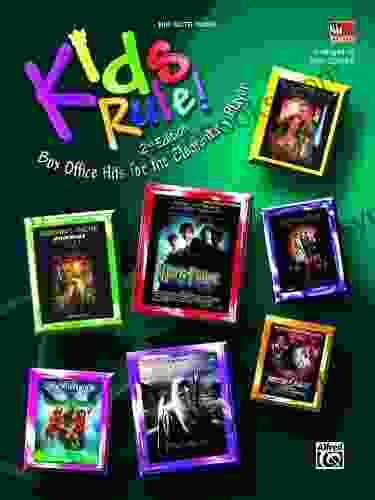
 Cooper Bell
Cooper BellKids Rule Box Office Hits for the Elementary Player
Empowering Young Performers:...

 Gabriel Blair
Gabriel BlairUnraveling the Enigma: Political Alienation and Its...
In the labyrinthine tapestry of human...

 Anthony Burgess
Anthony BurgessBe a Great Singer: Unleash Your Musical Talent with...
Do you dream of singing with...

 Heath Powell
Heath PowellDive into a Musical Masterpiece: "10 for 10 Sheet Music...
An Enchanting Journey Through Broadway...

 Guy Powell
Guy PowellUniversal Rights, Systemic Violations, and Cultural...
The notion of universal human rights is a...
4.7 out of 5
| Language | : | English |
| File size | : | 3575 KB |
| Text-to-Speech | : | Enabled |
| Screen Reader | : | Supported |
| Print length | : | 456 pages |
| Lending | : | Enabled |


